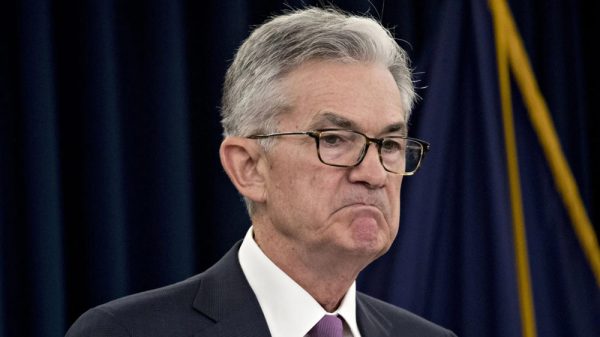As Germany approaches its federal elections on February 23, the far-right Alternative für Deutschland (AfD) party is dominating polls in East Germany. While the AfD has grown its support nationwide, its stronghold in the eastern regions stands out, driven by a mix of economic concerns, historical grievances, and sociopolitical dynamics. Despite economic improvements in East Germany since reunification, feelings of economic insecurity and regional inequality have fueled AfD’s popularity, alongside its stance on immigration, anti-establishment rhetoric, and opposition to climate policies.
Economic Roots of Discontent
The collapse of East Germany’s economy following the fall of the Berlin Wall in 1989 had long-lasting effects. Local businesses faltered, unemployment soared, and what followed was a period of federal investment to rebuild the region. While hundreds of billions of euros have been spent since reunification, the scars of the economic upheaval remain fresh in the minds of many East Germans.
According to Manes Weisskircher, a political scientist at TU Dresden, “economic insecurity has been a regular sentiment among part of the eastern German population since the transformation of the 1990s.”
This lingering sense of insecurity has provided fertile ground for the AfD. Despite data showing improvements in East Germany’s economy — such as a shrinking unemployment gap with the West and infrastructure that is often newer and better — perceptions among residents tell a different story. Research conducted by the German Economic Institute (IW) in 2024 showed that only 20% of East Germans believe they live in a region with emerging growth, while less than one-third express satisfaction with the labor market. This disconnect between economic reality and perception is a key factor behind the AfD’s success.
The Perception Gap
Economists point out that East Germany, in many ways, has caught up with the West. Holger Schmieding, chief economist at Berenberg, noted that adjusted for cost of living, East German living standards are no longer substantially below those in the West. Additionally, the region is expected to see economic growth of 0.7% this year, slightly higher than the national average.
However, AfD supporters remain skeptical of such positive economic data. Analysts like Matthias Diermeier of the IW believe this skepticism plays into the AfD’s hands. The party has capitalized on fears of economic decline, amplifying the perception that mainstream parties and institutions are misleading voters. A majority of AfD supporters express deep concerns about the broader economy, even when their personal financial situations may not be dire.
“This is seen as unjust, unfair … by supporters of the fringe parties,” Diermeier explained, adding that the AfD has skillfully activated pre-existing feelings of being “second-class citizens” and fears of social decline.
Historical and Sociopolitical Factors
The economic grievances are compounded by historical and societal dynamics unique to East Germany. After reunification, mainstream political parties struggled to establish a loyal base in the East, leaving room for alternative political movements like the AfD to thrive. The region’s experience of economic turmoil in the 1990s and early 2000s continues to influence political sentiment today.
Additionally, East Germany has higher levels of opposition to immigration compared to the West. This opposition, coupled with skepticism toward climate policies such as wind power expansion, has become central to the AfD’s platform. The party has also positioned itself as the voice of those left behind by urbanization. As more East Germans leave rural areas for major cities, local economies and communities in these regions have declined, creating an opportunity for the AfD to appeal to frustrated voters.
AfD’s Growing Influence
The AfD’s support in East Germany has created what some analysts describe as a “right-wing blue wall.” In many eastern constituencies, AfD candidates are leading in polls for the constituency vote, signaling a potential shift in the political landscape. Nationally, the AfD has surged to around 20% of the vote, doubling its support since the last federal election, although it remains behind the CDU/CSU, which leads with 30%.
Despite its growing support, the AfD is unlikely to join the next ruling coalition, as mainstream parties have consistently refused to partner with it. However, its rise highlights the deep divisions in Germany’s political and economic landscape.











